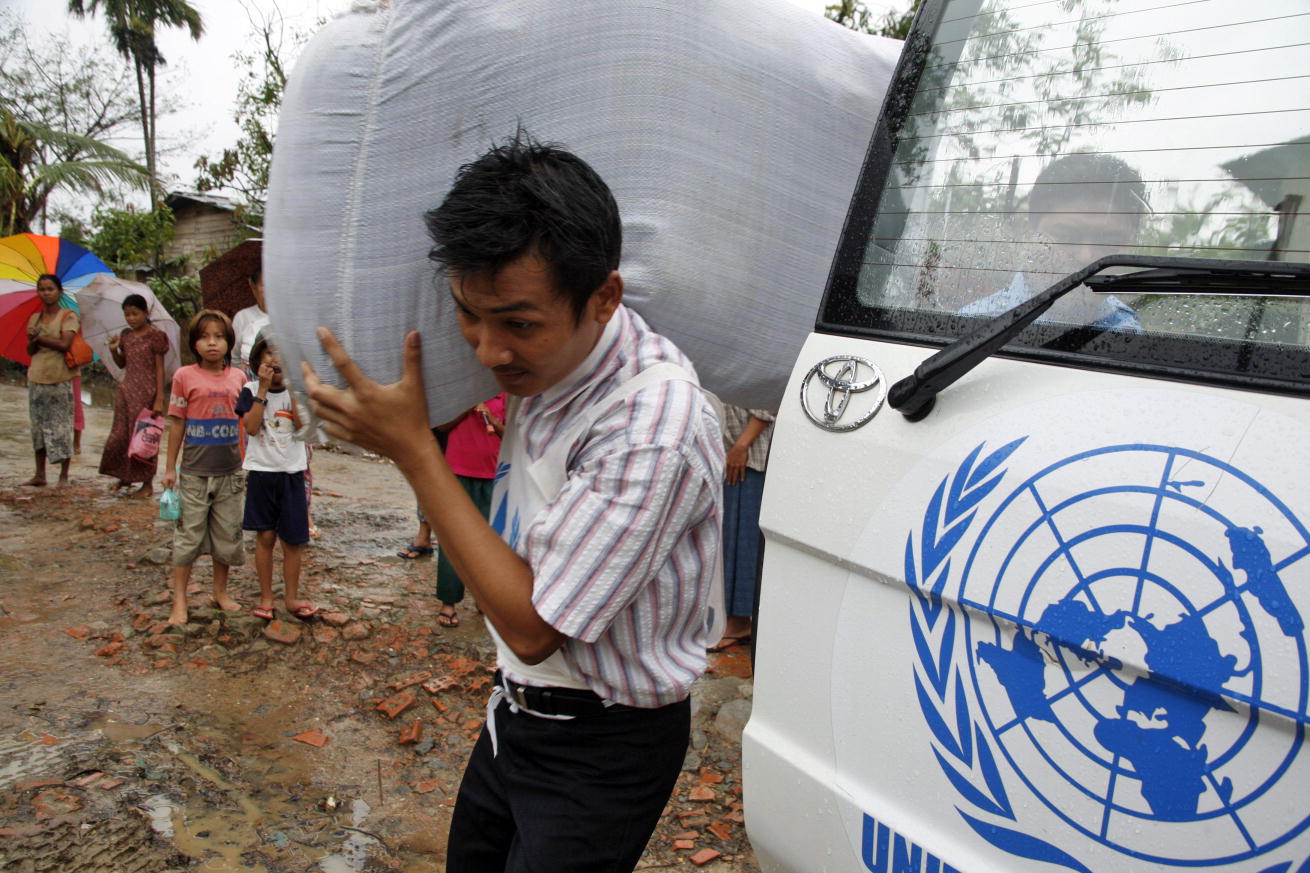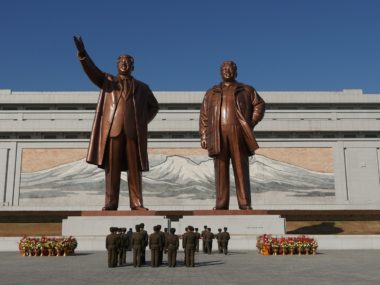Guest post by Larissa Fast

Today is World Humanitarian Day, a day to remember humanitarian aid workers around the world, particularly those who have lost their lives. The day marks the anniversary of the bombing of the United Nations headquarters in Baghdad, Iraq, which killed 22 and wounded a further 160 people. In 2014, 120 aid workers were killed, 88 wounded, and 121 were kidnapped. The majority of these attacks occurred in just a few places: Afghanistan, Syria, South Sudan, Central African Republic, and Pakistan (see here and here).
Aid work is a tough profession. It is both dangerous and emotionally challenging. The combined toll of the stress and dangers aid workers face in many places demands concerted attention and, more importantly, action.
This raises the question: What keeps aid workers safe, and how do we know what is effective? Even in the most dangerous countries, many aid organizations adopt what is known as the acceptance approach, which focuses on building and maintaining support and consent – acceptance – from those in the communities where they work. This includes any stakeholder that might wish to do them harm, from armed non-state actors to community members and traders.
Strategies to gain acceptance differ according to context. During the Ebola outbreak response in West Africa, community members attacked Red Cross and other aid workers, fearing they were spreading the disease instead of helping to contain it. In response, agencies worked through trusted leaders to educate communities, correct misconceptions, and combat rumors about Ebola and its transmission. In violent conflict contexts such as Afghanistan and CAR, humanitarian actors negotiate with belligerent forces to explain who they are (independent and impartial actors), why they are there (to provide assistance to those in need and not to take part in or support one side of the conflict), and what they do (e.g., vaccinate children or provide health services).
While aid agencies mostly claim to use acceptance, until recently little empirical evidence existed to document what agencies do to gain and maintain acceptance and whether it is effective. Earlier this year, colleagues and I published the results from a qualitative research project about aid organizations and their relationships with communities in Kenya, Uganda, and South Sudan. We examined three questions: How do organizations…
- gain and maintain acceptance?
- assess and monitor the presence and degree of acceptance?
- determine whether acceptance is effective in a particular context?
Three sets of findings emerged.
First, while not a panacea, building and sustaining acceptance pays security dividends. We found that good and effective programming is necessary but not sufficient for gaining acceptance. Thus, the how of programming is crucial. Programming that involves communities in a respectful, participatory dialogue and meets their needs in an accountable and transparent manner enhances an organization’s value to and relationship with key stakeholders. In particular, trust and respect for local authorities, values, and customs are all important in gaining acceptance for an organization and for realizing program success. Even so, acceptance must be more than good programming. It should be a deliberate and systematic process applied as an integral part of many organizational functions: programming, human resource management, media and communications, finance and administration, logistics/procurement, and security management.
Second, acceptance must be repeatedly and carefully monitored. Acceptance is dynamic, and often present in degrees, from endorsement and toleration to rejection and targeting. Its presence is not automatic or directly transferable, and it can be fleeting. Factors such as trust, respectful relationships, programs that met community needs, transparency and openness, having existing communication links and an openness to informal communication all appeared to enhance a community’s willingness to share information and to intervene to prevent or mitigate an incident.
Finally, we identified a series of indicators of the effectiveness of acceptance. At a basic level, NGOs gain/maintain continuous access to program areas or populations. In other circumstances, stakeholders share security-related information, advocate on behalf of or promote an NGO, or intervene to prevent or resolve an incident. At the most robust level of acceptance, stakeholders distinguish an NGO and its work, thereby avoiding, mitigating, or resolving an incident. We heard stories of community members intervening on an organization’s behalf to peacefully resolve a tense situation, of community-based policing units to protect NGO staff, and community elders who guaranteed the safety of food monitors during periods of unrest or violence.
Clearly acceptance cannot work in all circumstances. Adopting an acceptance approach will be especially challenging in urban environments and where crime and banditry are high. Those most affected by violence are seldom able to protect others. These limitations must be weighed by organizations considering adopting an acceptance approach. Yet the perceptions of community members should not and cannot be ignored in emergency responses.
Recent consultations leading to the 2015 World Humanitarian Summit have identified significant community discontent with aid programs. In some circumstances, this discontent can escalate into violence against aid workers. Our research into acceptance and its effectiveness remind us of the security dividends that derive from effectively meeting community needs in a respectful, accountable, and transparent manner.
Larissa Fast is author of Aid in Danger: The Perils and Promise of Humanitarianism (University of Pennsylvania, 2014) and an American Association for the Advancement of Science (AAAS) Science and Technology Policy Fellow. She tweets as @aidindanger.








4 comments
Reblogged this on Refugee Archives @ UEL.